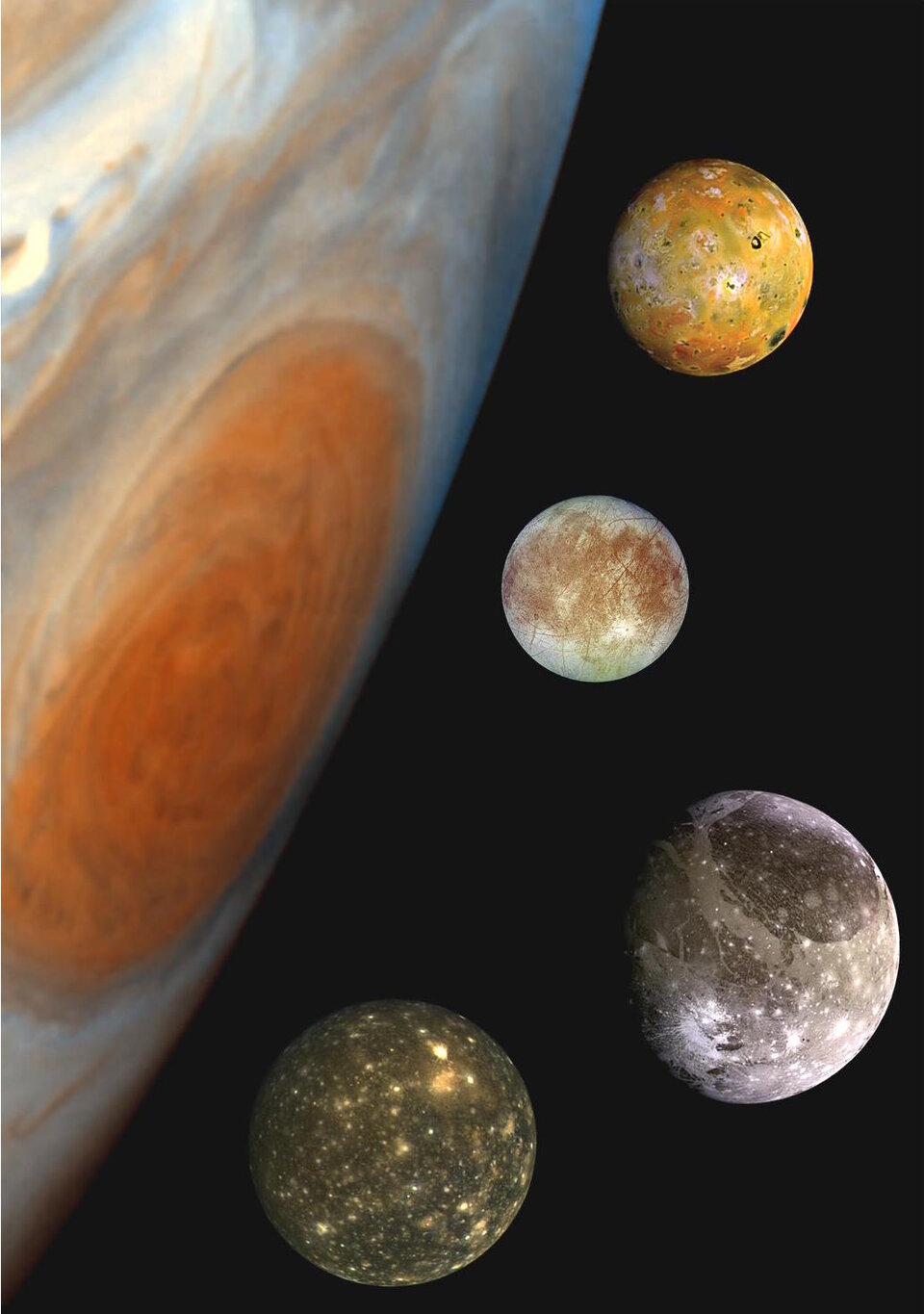To the Life Juice Sweet Space Show Funny
Juice factsheet
Overview of ESA's Jupiter Icy Moons Explorer mission, Juice.
Name:Juice (JUpiter ICy moons Explorer)
Mission objectives:Juice will characterise Jupiter's ocean-bearing icy moons – Ganymede, Europa and Callisto – as planetary objects and possible habitats, explore Jupiter's complex environment in depth, and study the Jupiter system as an archetype for gas giants across the Universe
Key question(s):Juice's overarching theme isthe emergence of habitable worlds around gas giants. In the Solar System, we know of only one body that has experienced the emergence of life: Earth. Is the origin of life unique to our planet, or could it occur elsewhere in our Solar System – or beyond?
The mission will consider two key themes of ESA's Cosmic Vision 2015-2025:What are the conditions for planet formation and the emergence of life? andHow does the Solar System work?
Under these themes, Juice will explore a) the habitable zone – namely characterising the oceans, icy shells, compositions, surfaces, environments and activity of Ganymede, Europa and Callisto – and b) the wider Jupiter system, characterising Jupiter's atmosphere, magnetic environment, ring system and other satellites (including Io)

Development: ESA-led mission. NASA has contributed one instrument (UVS) and hardware for two European-provided instruments (RIME and PEP), while JAXA has contributed hardware for various European-provided instruments (SWI, PEP, GALA, RPWI). See below for more on these instruments
Launch: Foreseen to launch from Europe's Spaceport in Kourou, French Guiana, on an Ariane 5 launcher during a launch window in April 2023
Journey and orbit:Juice will spend approximately 8 years cruising to Jupiter, during which it will complete fly-bys of Venus, Earth and the Earth-Moon system. It will reach Jupiter in July 2031; six months before entering orbit around Jupiter, Juice will begin its nominal science phase. The spacecraft will go on to spend many months orbiting Jupiter, completing fly-bys of Europa, Ganymede and Callisto, and finally conducting an orbital tour of Ganymede
Lifetime: Nominal science lifetime of 4 years
Spacecraft:Three-axis stabilised with 10 solar panels and a 2.5-metre-long High Gain Antenna, with a dry mass of approx. 2400 kg. Each solar panel measures about 2.5 m x 3.5 m; with five on each side of the spacecraft deployed as two distinctive cross-shaped arrays, these total an area of about 85 square metres

Instruments:Juice will carry 10 state-of-the-art instruments, comprising the most powerful remote sensing, geophysical andin situpayload complement ever flown to the outer Solar System:
- Aremote sensing package(JANUS, MAJIS, UVS, SWI) includes imaging and spectral imaging capabilities from the ultraviolet to the sub-millimetre wavelengths
- Ageophysical packagecomprises a laser altimeter (GALA) and a radar sounder (RIME) for exploring the moons' surface and subsurface, and a radio science experiment (3GM) to probe the atmospheres of Jupiter and its satellites and to measure their gravity fields
- Anin situ packagecontains a powerful suite of instruments to study the particle environment (PEP), a magnetometer (J-MAG), and a radio and plasma wave instrument (RPWI), including electric and magnetic fields sensors and four Langmuir probes
| Juice's instruments | |
| JANUS An optical camera system | UVS UV imaging Spectrograph |
| MAJIS Moons and Jupiter Imaging Spectrometer | SWI Sub-millimeter Wave Instrument |
| GALA GAnymede Laser Altimeter | RIME Radar for Icy Moons Exploration |
| J-MAG A magnetometer instrument for Juice | PEP Particle Environment Package |
| RPWI Radio & Plasma Wave Investigation | 3GM Gravity & Geophysics of Jupiter and Galilean Moons |
Complementing these 10 instruments is an experiment (the Planetary Radio Interferometer & Doppler Experiment, or PRIDE) which will use ground-based very-long-baseline interferometry to precisely determine the spacecraft's position and velocity
Legacy: Juice builds on scientific and technological heritage from previous space missions – including ESA's Mars Express, Venus Express, Rosetta and BepiColombo – and will pave the way for future extensive exploration of the diverse extreme environments in the distant outer Solar System. Juice will push significantly beyond the capabilities of previous missions like NASA's Galileo (1989-2003), and directly complement the results of NASA's Juno mission (2011–)
History: Juice builds on the previously proposed Europa Jupiter System Mission (EJSM-Laplace), a planned collaborative mission between ESA and NASA that would have carried out an in-depth study of the Jovian system and its icy moons. It is now foreseen that the Juice and NASA Europa Clipper spacecraft will be exploring the Jovian system simultaneously.
Juice mission facts
Juice will explore the secrets of Jupiter and tacklefive key mysteries:
- What are Jupiter's ocean worlds like...?
- …and why is Ganymede so unique?
- Could there be – or ever have been – life in the Jupiter system?
- How has Jupiter's complex environment shaped its moons, and vice versa?
- What is a typical gas giant planet like – how did it form, and does it work?
Ganymede, the largest and most massive moon in the Solar System, will be studied in particular and unprecedented detail due to the role it plays within the system of Jupiter's large icy moons, and its unique interactions with the Jovian environment.
Juice will bethe first spacecraft to ever orbit a moon in the outer Solar System (Ganymede).
The four largest of Jupiter's moons are known as the 'Galilean moons'; of these, three are thought to haveoceans of liquid water beneath their icy crusts (Ganymede, Europa and Callisto).
Juice's flyby of the Earth-Moon system, known as a Lunar-Earth gravity assist (LEGA), is a world first: by performing this manoeuvre — a gravity assist flyby of the Moon followed just 1.5 days later by one of Earth — Juice will be able to save a significant amount of propellant.
Source: https://www.esa.int/Science_Exploration/Space_Science/Juice_factsheet
0 Response to "To the Life Juice Sweet Space Show Funny"
Post a Comment